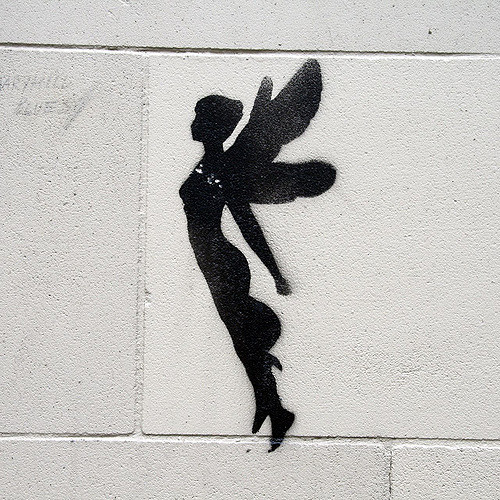
In case you missed it, new fossil evidence suggests that a creature known as the “Siberian Unicorn” may have lived alongside humans some 29,000 years ago. Perhaps that eccentric fellow you’ve seen in the aluminum-foil hat wasn’t so eccentric. In fact, research suggests an openness to phenomena like UFOs, unicorns, and elves is downright normal.
Consider how Scott Draper and Joseph O. Baker describe a wide variety of people across different religious subgroups who all believe in angels. Folklore-phenomena can provide people with emotional comfort and compelling stories.
- Scott Draper and Joseph O. Baker (2011), “Angelic Belief as American Folk Religion.” Sociological Forum 26(3), 623-643.
Such narratives can be transposed across many belief systems and subcultures. Quite a few people believe chasing spirits is a spiritual experience, as discussed by Marc Eaton in his examination of ghost hunters and “paranormal investigators.” Other research looks at the popular pursuits of Bigfoot and alien crash sites.
- Christopher Bader, F. Carson Mencken & Joseph O. Baker (2011). Paranormal America: Ghost encounters, UFO sightings, Bigfoot hunts, and other curiosities in religion and culture. NYU Press.
- Marc A. Eaton (2015). ““Give us a Sign of Your Presence”: Paranormal Investigation as a Spiritual Practice.” Sociology of Religion.
Sociology has always shown how belief in the paranormal, the fantastical, or the spiritual is a social process (consider founding father Durkheim’s pivotal Elementary Forms of Religious Life). Influential scholars, such as Percy Cohen, who tackled the sociology of myth from a functionalist view, and Richard C. Crepeau, who describes how sport myths and “heroes” help sharpen a society’s moral and aesthetic values, show that the paranormal isn’t losing popularity.
- Percy S. Cohen (1969). “Theories of Myth.” Man. 4(3): 337-353
- Richard C. Crepeau (1981). “Sport, Heroes and Myth.” Journal of Sport & Social Issues. 5(1). 23-31

Comments